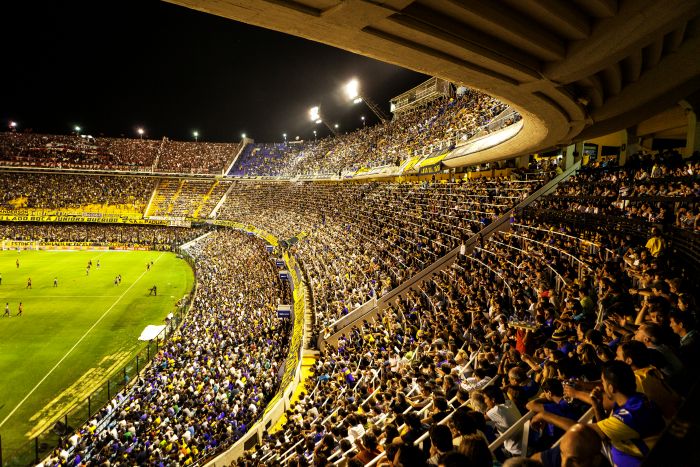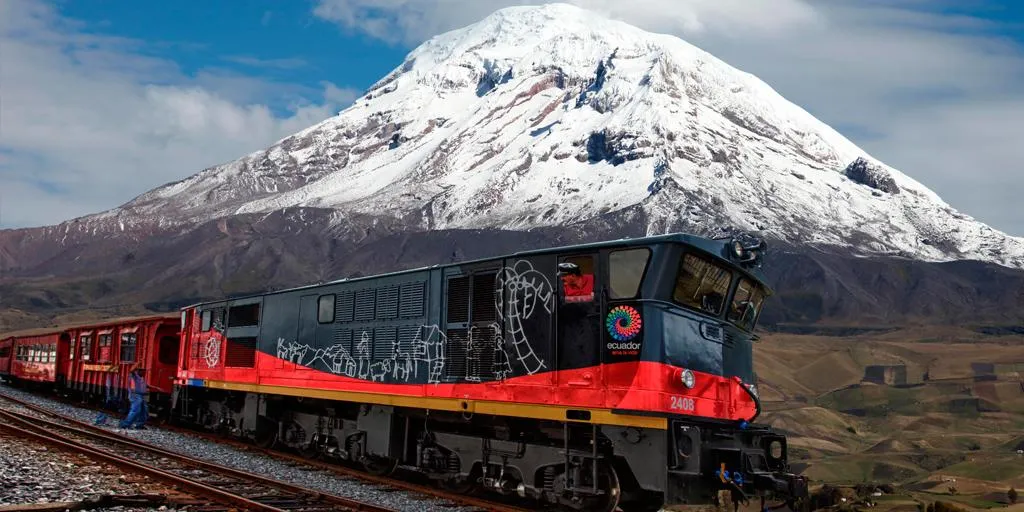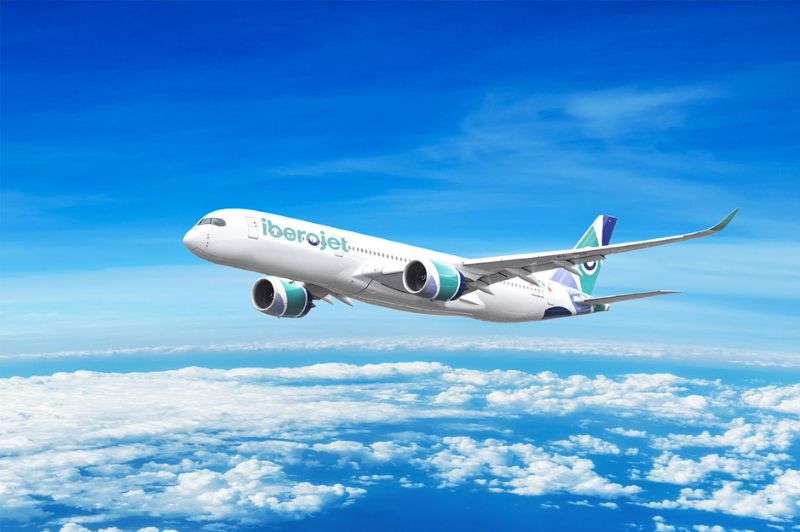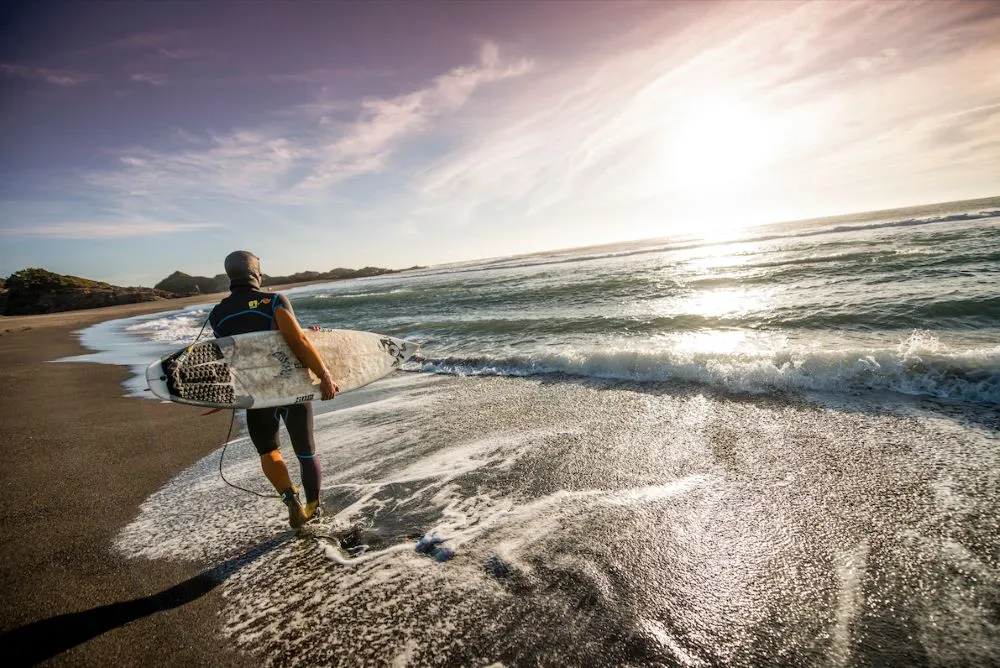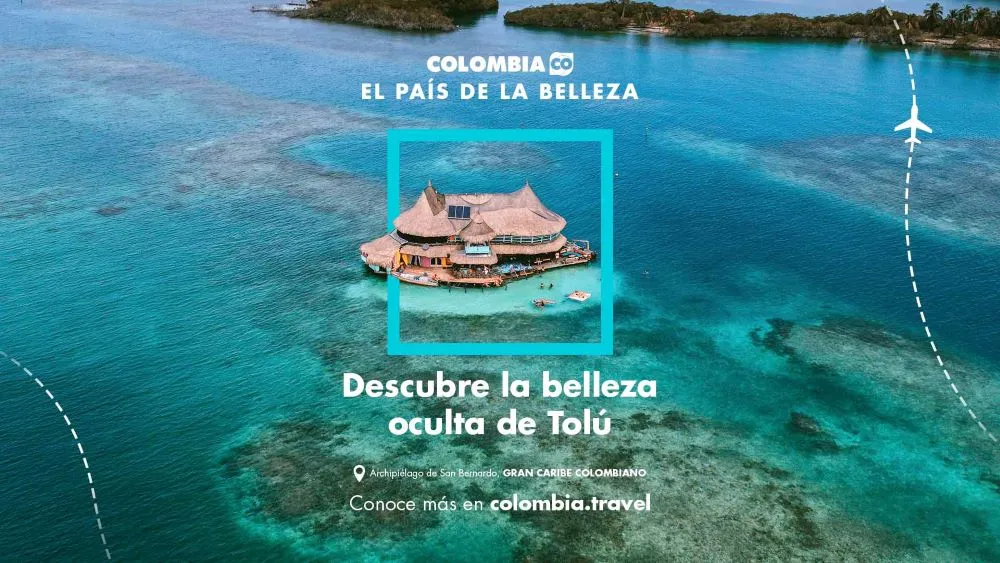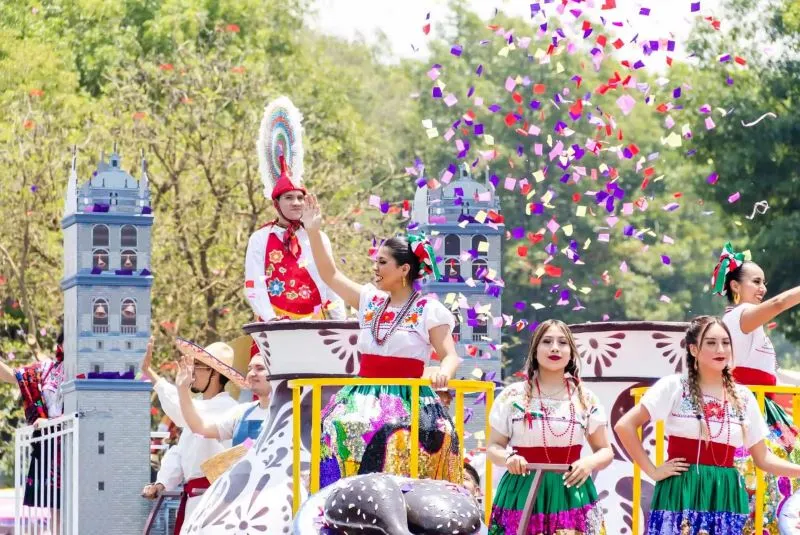Texte et photos de Carmen Helena Trujillo – Cet article a été publié initialement sur le site www.elcafelatino.org
La famille linguistique Chibcha de Colombie a habité les territoires des départements actuels de Santander, Boyacá et Cundinamarca sur les hauts plateaux de la Cordillère des Andes à partir de 2 000 mètres d’altitude.
Les indigènes Muisca font partie de cette famille qui vivait autour de l’actuelle capitale colombienne, appelée par eux, Bacatá. A partir de 600 ans après Jésus Christ, la Cordillère Orientale fut peu à peu occupée par divers peuples de cette famille.
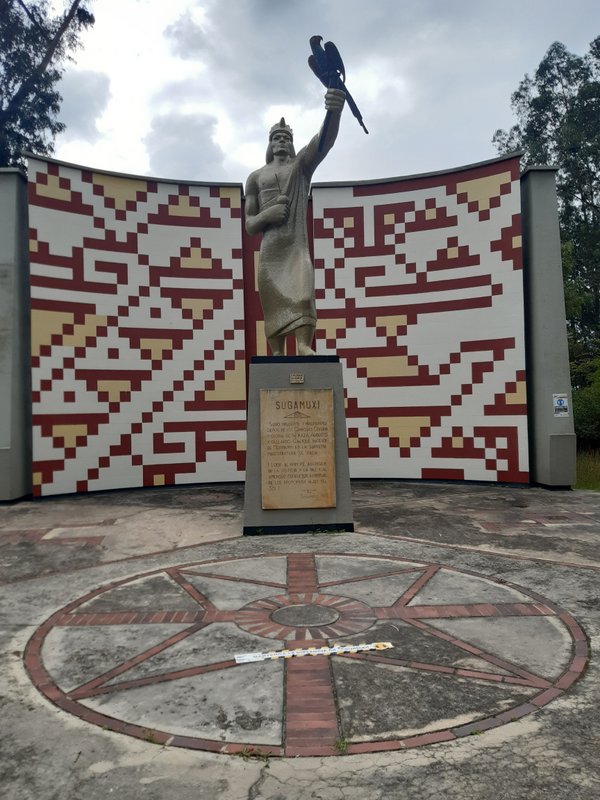
Selon les chroniques des premiers colons Espagnols, ils y trouvèrent une population qui vivait de l’agriculture ; de produits tels que les pommes de terre et le maïs et de l’extraction de sel gemme et d’émeraudes, produits qu’ils échangeaient avec d’autres tribus contre d’autres biens. Cet échange s’est appelé « trueque » [1].
Plusieurs populations actuelles conservent encore les noms originaux de la nation Muisca comme Ráquira (ra : céramique – quira : terre) où sont conservées les techniques ancestrales de la céramique Muisca, Zipaquirá (Zipa : règle – quira : terre). Ou, aussi, le mot Turmequé (qui veut dire chef vigoureux).
Le turmequé était un jeu sportif que les indigènes pratiquaient avec des disques d’or appelés « Zepguagoscua ». Actuellement, cela s’appelle le « tejo » [2], et se joue avec des disques de fer qui tiennent à peine dans la main. Les terrains ont une longueur de 18 mètres et les « tejos » doivent être lancés vers un terrain de sable dans lequel se cachent de petits morceaux de poudre à canon qui doivent exploser pour gagner des points.
De même, il existe d’autres populations qui ont diversifié sa signification au fil du temps, comme l’ancien Sugamuxi (ou temple du soleil) où se trouve aujourd’hui le Musée Archéologique et le Suamox ou Bacatá (territoire de plantation) dans l’actuel Bogotá (capitale de la Colombie).
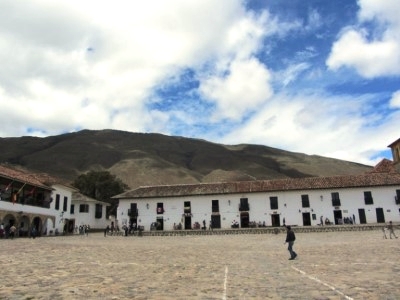
Les Européens sont arrivés sur les territoires de la famille linguistique Chibcha, spécialement à la recherche de la civilisation Muisca qui faisait des offrandes d’or aux lagunes (les cérémonies du Dorado [3]). Pendant la période de conquête, l’espagnol Díaz Venero de Leyva fonda la Villa de Leyva, sur un territoire distant à 160 kilomètres de Bogotá, qui était idéal comme lieu de repos pour les vice-rois de cette époque-là. À l’époque précolombienne, les Muiscas honoraient le lac d’Iguaque, car selon leur mythologie, l’origine de l’humanité commencerait dans ce lieu. Le territoire de Villa de Leyva conserve un mysticisme particulier, bien qu’il se trouve à quelques kilomètres du lac. Depuis la place principale, qui est la plus grande de Colombie (14 000 m²), vous pouvez voir les montagnes andines où se trouve le páramo, ainsi c’est ici, où se situe le lac sacré d’Iguaque.
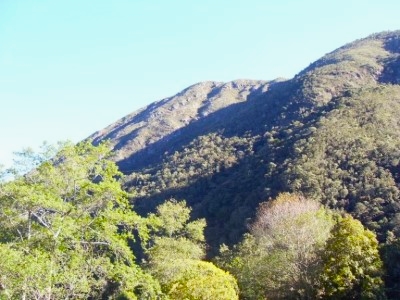
Le mythe raconte qu’une femme nommée Bachué est apparue avec un enfant dans ses bras, l’enfant a grandi puis ils se sont mariés et ont eu de nombreux enfants, et, de cette manière, ils ont peuplé la terre. Ils enseignaient à leurs enfants l’agriculture et le culte des dieux. Après de nombreuses années, ils ont dit au revoir aux gens qui les ont malheureusement vus partir, se transformant en serpents, en se retirant vers le lac. Ainsi, pour avoir peuplé la terre, Bachué est devenue la déesse de la fertilité.
Ce lieu continue d’être sacré pour les populations actuelles, en particulier et surtout pour les indigènes Muisca qui y survivent encore et nous parlent de la culture de l’eau. Selon les mots de José Manuel Socha, chef spirituel Muisca de la communauté actuelle du territoire de Chia [4] :
« L’eau est la vie, nous sommes l’eau, nous venons tous d’un lac, comme cela s’est passé dans notre vision du monde, Mamie Bachué est sortie du lac pour donner naissance à l’humanité et nous venons tous d’un lac sans exception car, quand nous sommes dans le ventre de notre mère, nous sommes dans un lac, nous sommes les enfants de Zue[5], nous faisons partie d’une grande pensée, d’un grand univers, d’un grand être. Il est important que nous le voyions, nous devons commencer par prendre soin de notre propre eau, de notre propre lac, que nous avons en nous, en chaque être humain, animal, plante ou pierre, c’est eau, et l’eau est notre mère, elle est pure. »
Pour s’y rendre de Bogotá, vous pouvez passer par la belle et historique ville de Villa de Leyva, qui se trouve à 2 100 mètres d’altitude et continuer vers le parc national du Sanctuaire de la Faune et de la Flore Iguaque.
Notes
[1] En langue Chibcha, actuellement le « troc »
[2] Le ‘jeu de palet’
[3] Les européens ont cherché ce lieu « El Dorado », lieu mythique où tout est en or.
[4] Lune en langue Chibcha.
[5] Mot du langage Muisca se traduisant par soleil en espagnol.
Bibliographie
Puch María de la Luz, Giraldo (1986). Así éramos los Muiscas. Edición original: Bogotá, Banco de la República; Fundación de Investigaciones.
Socha, José Manuel (2021). Les muiscas et la culture de l’eau : Réflexions depuis le Sanctuaire de la Faune et de la Flore de Iguaque. Tirés de : https://fb.watch/7JkZV5GccN/
Le lac Muisca et El Dorado. Tirés de : https://www.banrepcultural.org/coleccion-arqueologica/balsa-muisca


